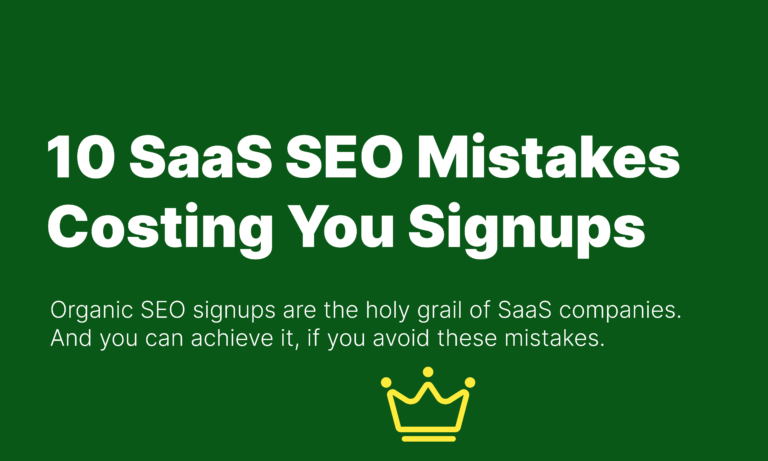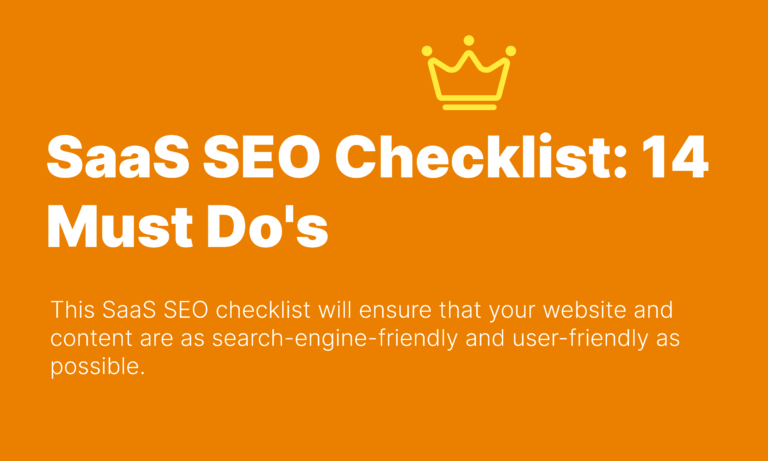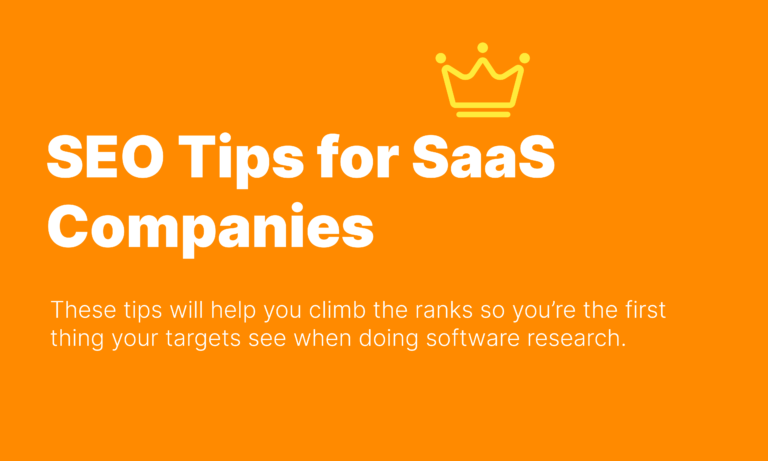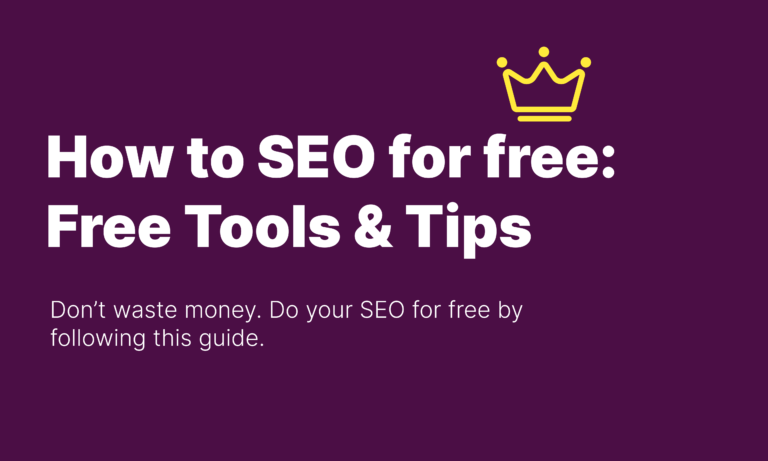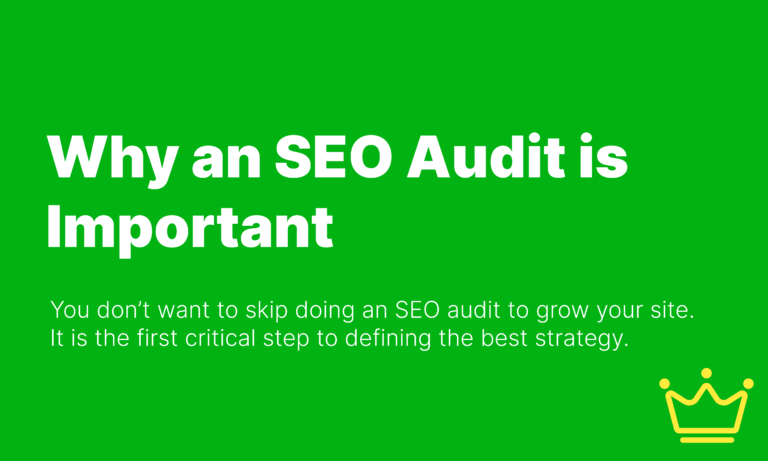How to SEO a Website: The Ultimate Guide
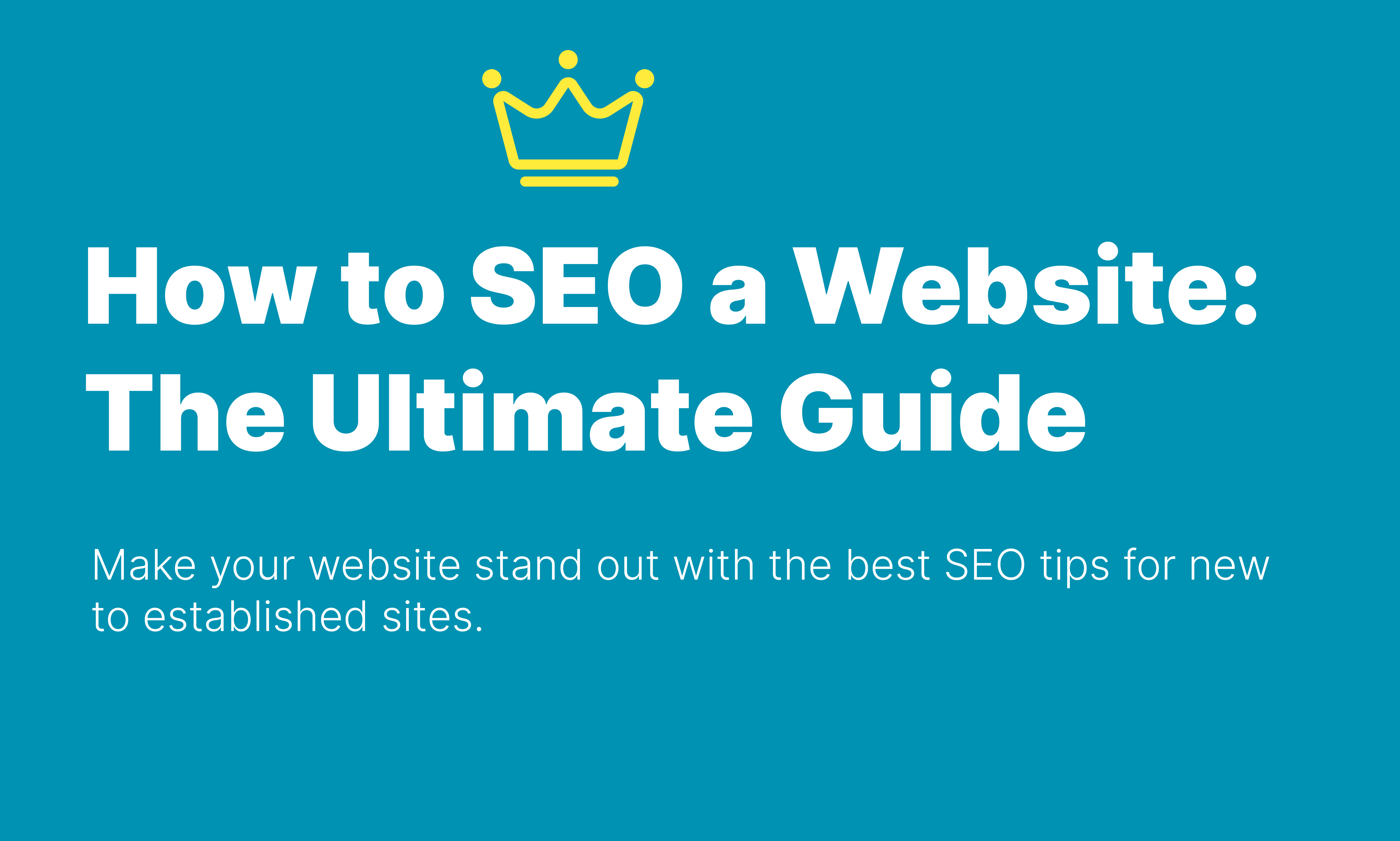
Whether you’re running a blog, an online store, or a local business, optimizing your website for search engines is essential. Here’s a straightforward, no-nonsense guide to help you navigate the complex world of Search Engine Optimization (SEO) and ensure your website stands out in the crowded online sphere (most of these things are free SEO tactics).
By the end of this article, you’ll know exactly how to SEO a website.
Verify if you are on Google
In the vast digital landscape, the fundamental question you need to ask is: are you on Google? This question lies at the core of website Search Engine Optimization, the process that dictates how visible your website is to the world. The first step in this journey is ensuring your site is indexed by Google, the gateway to online visibility and user traffic. This is the first of your worries in the process of optimizing SEO for a website.
To determine your site’s status, initiate a site: search for your site’s home URL on Google. If a list of results appears, consider it a virtual pat on the back – you’re officially in Google’s index, making your content accessible to millions. However, if the search yields no results, don’t panic. There are several common reasons why your site might have been missed, and understanding these factors is the key to rectifying the situation.

We can do your content marketing
Uphill Content specializes in growing SaaS businesses, from early-stage to exit. Send us a message to learn how we can help.
Lack of Connections from Other Sites
Google, like an intricate web, thrives on connections. If your website lacks links from other sites, it might exist in isolation, away from Google’s web crawlers. These connections, often referred to as backlinks, are like virtual recommendations, guiding Google to your site. Without them, your site might remain unnoticed, buried in the vast expanses of the internet.
A Newly Launched Site that Hasn’t Been Crawled Yet
Patience is key to SEO a website. If you’ve recently launched your website, Google might not have had the chance to crawl it yet. Crawling is the process where Google’s bots explore websites, indexing their content. It’s akin to mapping out new territories. As your site gains age and relevance, Google’s crawlers will eventually find their way to your digital doorstep.
Site Design Hindering Effective Content Crawling
The design of your website plays a pivotal role in determining how effectively Google can crawl its content. If your site is labyrinthine, with intricate designs that confuse web crawlers, important content might remain hidden. A clean, well-structured website not only enhances user experience but also facilitates smooth crawling, ensuring that Google can access all the valuable information you have to offer.
Errors Preventing Google’s Crawl
Technical glitches can throw a wrench into Google’s crawling process. You obviously don’t want this when optimizing SEO of a website. Errors on your website, such as broken links, server issues, or coding mistakes, can disrupt Google’s journey through your content. Regular site maintenance, error checks, and prompt fixes are essential to keep your site’s digital pathways clear for Google’s bots.
Site Policies Blocking Google’s Access
Your site’s policies, defined through files like robots.txt, can inadvertently block Google from crawling specific parts of your website. While you might have good reasons for restricting access to certain areas, it’s essential to ensure that these restrictions are intentional. Unintended blocks can prevent crucial parts of your website from being indexed, leading to incomplete representation on search engines.
Get your site on Google
While Google’s algorithm might seem enigmatic, it’s essential to understand that Google operates as a highly sophisticated automated search engine, tirelessly scanning websites during its regular web crawls. This knowledge with be very helpful to SEO a website. These crawls are akin to the web’s heartbeat, mapping out the ever-evolving landscape of digital content. However, the virtual wilderness is vast, and the mere existence of your site doesn’t guarantee its discovery. To ensure your website emerges from digital obscurity and finds its rightful place on Google, it’s crucial to adhere to a set of fundamental principles – the Search Essentials.
Google Search Console
One of the primary tools in your arsenal is the Google Search Console. Think of it as your digital gateway to the online world. By signing up for it, you gain access to a plethora of invaluable tools. Not only can you submit your content directly to Google, but you can also monitor your site’s performance, understanding how users interact with your digital domain. It’s like having a surveillance system for your online storefront, enabling you to refine your strategies based on real-time data and insights.
Quality Content
As you’ve probably heard many times before, to SEO a website, content is king. Google values quality, relevance, and engagement. Providing users with high-quality content that resonates with their needs and interests is akin to breathing life into your website. Engage your visitors with informative articles, captivating visuals, and interactive multimedia. When users find value in your content, they are more likely to stay, explore, and return, creating a vibrant digital community around your site.
Mobile-Friendly Design
In the era of smartphones and tablets, accessibility is not just a convenience; it’s a necessity. To SEO a website effectively you need to optimize for all users, including mobile ones, which are a huge chunk of traffic generally. Your site must be a seamless experience, regardless of the device users employ. A mobile-friendly design ensures that your content is not just accessible but also visually appealing on various screen sizes. Google recognizes and rewards websites that prioritize user experience, particularly those that load swiftly and navigate seamlessly, regardless of the device in use.
Security
In the digital age, security is paramount. Implementing HTTPS encrypts the data exchanged between users and your website, ensuring a secure browsing experience. This not only safeguards user information but also builds trust. Visitors are more likely to engage with a website that prioritizes their privacy and security. Google acknowledges the importance of secure browsing and considers it a factor when ranking websites, making it an integral component of the Search Essentials.
Get help to SEO your website
While the Search Essentials provide a solid foundation, the digital landscape is intricate and ever-changing. This is where website SEO experts come into play. Consider them as seasoned navigators, well-versed in the nuances of the web’s complex terrain. Especially during significant events like redesigning or launching your site, their expertise can be invaluable. Website SEO experts delve deep into the technical aspects, ensuring your site aligns perfectly with Google’s algorithms. From keyword optimization to backlink strategies, they employ a myriad of techniques, ensuring your site not only survives but thrives in the competitive digital ecosystem. You don’t have to SEO a website by yourself. It takes a lot of time, and you need to focus on other critical tasks. We’ve got all the time in the world and the capacity to SEO your website effectively.

Get a free SEO audit
Enter your business email below to get a free SEO audit with actionable insights to improve your site.
Key elements to SEO a website
In the vast and intricate web of the internet, communication is not just about what you say but also about how you say it. Similarly, Google, as the discerning arbitrator of online content, not only reads the words on your webpages but also deciphers their contextual meaning. For your content to resonate effectively in the digital realm and find its rightful place in Google’s search rankings, it’s imperative to facilitate this communication. Here’s how you can craft a digital dialogue that Google not only comprehends but appreciates:
Page Titles
Think of page titles as the prologue to a captivating story. Each page on your website is like a chapter in a book, and the title sets the stage, offering a glimpse into the content that follows. Crafting unique, accurate titles for every page is akin to creating an intriguing headline. These titles not only indicate the essence of the content but also serve as signposts for both users and search engines, guiding them to the heart of your narrative. A well-crafted title doesn’t just capture attention; it communicates purpose, making it easier for Google to categorize and present your content to those seeking relevant information.
Meta Descriptions
Meta descriptions are akin to concise summaries on the back cover of a book. While the title captures attention, the meta description provides a sneak peek into the content’s soul. These short snippets encapsulate the essence of a page, offering users and search engines a brief overview of what to expect. Think of them as the trailer to a movie; when well-crafted, they pique curiosity and entice users to explore further. Google may even use these descriptions as snippets in search results, making them vital tools for enhancing your content’s visibility and accessibility. While they are not a ranking factor, they help to SEO a website because they can increase your click-through-rates.
Heading Tags
Heading tags, such as H1, H2, and H3, act as the categorized sections in your blog posts. Meaningful headings not only enhance the readability of your content but also provide a hierarchical structure. When used judiciously, they create a roadmap, guiding readers through your content seamlessly. Think of heading tags as chapter headings in a book, enabling users and search engines to navigate your content effortlessly. For Google, these headings are vital clues, helping its algorithms understand the thematic flow of your content. In addition, nowadays, most people scan the content they read to find their answers quickly. Your headings will be fundamental to SEO a website for these reasons.
Structured Data Markup
Imagine if your content could speak a universal language that Google not only comprehends but also appreciates. Structured data markup is precisely that language. It’s the code that adds context and meaning to your content, enabling search engines to understand its nuances. This markup, akin to footnotes in an academic paper, provides additional information about your content, making it comprehensible for both users and search engines. By describing your content in a structured manner, you pave the way for rich search results. For instance, if your page features a recipe, structured data can highlight key details like ingredients, cooking time, and nutrition facts. Google, in turn, utilizes this structured data to enhance your search results, making your content more engaging and visually appealing to users.
URLs
Think of your website’s URL as its street address in the sprawling city of the internet. A well-structured URL is not just a pointer; it’s a descriptor. Opt for simple, descriptive URLs that convey the essence of the content they lead to. Imagine a library where books are organized by genre and author names; similarly, your URL structure should clearly indicate the content category and relevance. For instance, a URL like ‘yoursite.com/blog/seo-tips’ speaks volumes, indicating that the page belongs to the blog section and discusses SEO tips. Such clarity not only aids users in understanding the content but also assists search engines in categorizing and ranking your pages effectively.
Navigation
Picture your website as a complex labyrinth of information, and navigation as the signposts guiding travelers through this maze. While images and flashy buttons might seem appealing, text-based navigation is the unsung hero. Search engines navigate websites through text links, comprehending the structure and content through these digital signposts. Hence, prioritize text-based navigation for easier crawlability. Avoid the allure of intricate webs of links; simplicity is the key. Just as clear road signs ensure smooth traffic flow, straightforward navigation ensures seamless traversal for both users and search engines, enhancing user experience and boosting website SEO rankings.
Sitemaps
In the intricate cartography of the internet, sitemaps are akin to detailed maps guiding explorers. Create XML sitemaps, which serve as essential guides for search engines, outlining the structure and content of your website. These digital maps enable search engines to discover and index your pages effectively. Moreover, consider navigational pages for users, offering them a simplified overview of your website’s layout. These user-centric maps act as friendly guides, helping visitors understand your website’s architecture and find the desired content effortlessly.
How to SEO a website’s content
Content is the lifeblood of the internet, and optimizing it is an art form that transcends mere words. Your content is not just a collection of sentences; it’s your strongest asset, capable of engaging, educating, and enchanting your audience. Here’s how you can transform your content into a digital masterpiece, ensuring it resonates with both human readers and search engine algorithms:
Relevance
Understanding your audience is akin to deciphering the language of the heart. Tailor your content to meet their needs, desires, and aspirations. Just as a skilled storyteller captivates an audience by addressing their concerns, your content should resonate with your readers’ interests. Dive deep into the psyche of your audience; understand their challenges, aspirations, and questions. Craft content that not only addresses their queries but also sparks curiosity, creating a connection that transcends the digital realm. Relevance is the heartbeat of engagement, ensuring that your audience not only reads but also connects with your content on a profound level.
Keyword Research
Anticipating user search queries is the cornerstone of effective content optimization. Keywords are not just phrases; they are the bridge between user intent and your content. Conduct thorough keyword research to unearth the phrases users commonly use when seeking information related to your niche. These keywords are the compass guiding users to your digital doorstep. Incorporate relevant keywords naturally into your content, seamlessly weaving them into the narrative. The art of keyword optimization to SEO a website lies not in stuffing keywords but in integrating them organically.
Readability
In the realm of digital content, readability is the universal language that transcends barriers. Create content that is clear, concise, and engaging. Just as an eloquent speaker captures attention with clarity, your content should communicate ideas effortlessly. Break down complex concepts into digestible snippets. Use simple language that appeals to both novices and experts, ensuring that everyone finds value in your content. Consider the formatting as well; use subheadings, bullet points, and visuals to enhance readability. Remember, readability is not just about grammar and vocabulary; it’s about connection. When your content flows seamlessly, capturing attention and retaining interest, you forge a connection with your readers, ensuring that your message is not just heard but cherished.
How to SEO a website’s images
Optimizing images is crucial for enhancing user experience and SEO for your site. Start by compressing images to reduce file size without compromising quality, using tools like Adobe Photoshop or online services such as TinyPNG. Choose appropriate file formats like JPEG for photographs and PNG for images with transparency or text. Provide descriptive filenames like “vintage-baseball-cards.jpg” instead of generic names. Always include concise and accurate alt text, aiding both accessibility and search engines in understanding the image context. Additionally, create an image sitemap and submit it to Google Search Console to ensure proper indexing and potential inclusion in image search results.
Promoting your site through other channels
To SEO a website successfully, you need more than SEO. Promoting your brand extends beyond website SEO and is vital for expanding your online presence. Utilize social media platforms like Facebook, Twitter, and Instagram to engage with your audience and share valuable content. Build an email marketing list and send regular updates to subscribers, keeping them informed about new content and offers. Content marketing, through blogs, videos, or podcasts, attracts visitors and encourages natural backlinks. Collaborate with influencers or businesses in your industry for guest posts and joint ventures, expanding your reach.
Consider online advertising on platforms like Google Ads to drive targeted traffic, especially in competitive markets. Engage with online communities and forums related to your niche, establishing yourself as an authority and promoting your site subtly. Regularly analyze website analytics to track visitor behavior and refine your promotional strategies. Data-driven decisions are key to adapting and ensuring sustained online growth. Remember, in the dynamic digital landscape, a combination of effective website SEO and strategic promotion can significantly enhance your website’s visibility and user engagement.
Conclusion
SEO doesn’t need to be a mystifying art. By adhering to these practical guidelines, you can enhance your website’s visibility and offer a seamless user experience. Remember, in the digital realm, clarity and relevance are your strongest allies. So, gear up, optimize your site, and let the world find you on Google.
